Impact Without the Injury: 11 Reasons Low-Impact Workouts Are Your Best Bet This Winter
When cold winds sting your cheeks and sidewalks are slick, motivation to work out can lose its spark. But winter doesn't have to mean pausing your wellness journey or waiting for brighter weather. For many, the idea of exercise conjures images of jarring sprints or high-impact routines that seem tougher on joints than on calories. Thankfully, there's another path—one that's gentle on your body yet powerful in benefits. Low-impact workouts offer accessible, science-backed ways to nurture your heart, protect your joints, and boost your mood, even when the snow piles up outside. Whether you’re just starting, living with chronic pain, or simply wanting a rhythmic routine that fits real life, this list gives you research-backed reasons to embrace low-impact movement all winter long. Here you'll find expert insights, actionable tips, and gentle encouragement to make physical activity a self-care ritual—not another chore. Let’s explore 11 ways these gentle workouts can help you stay vibrant, confident, and injury-free this winter (and beyond).
1. Low-Impact, Big Results: The Power of LISS Training
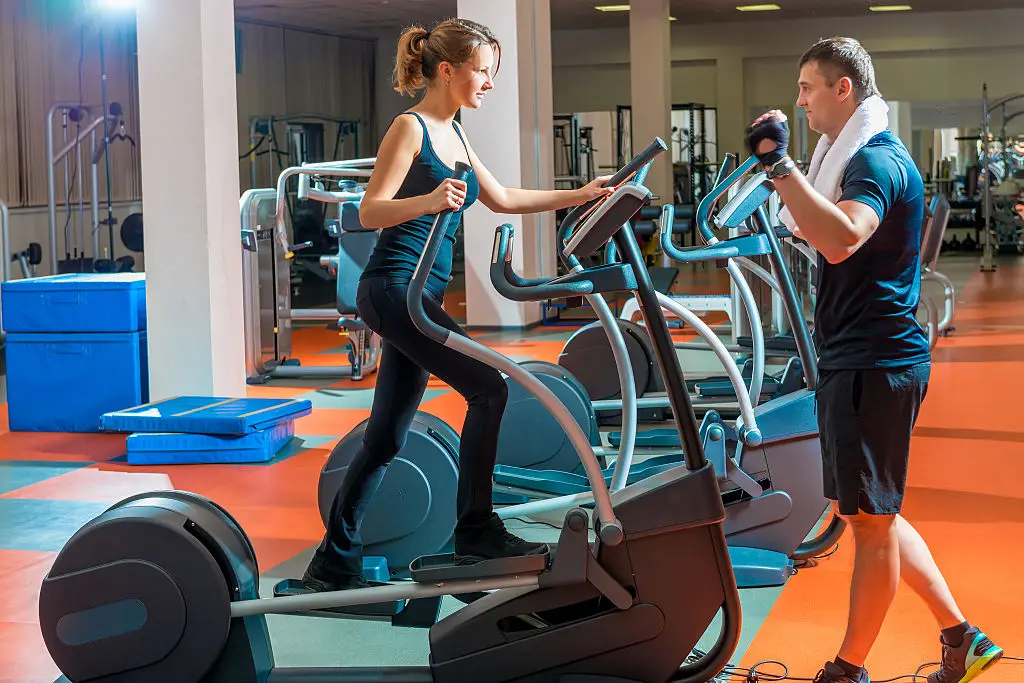
Imagine a workout that’s both effective and gentle on your body. That’s the promise of LISS—Low-Intensity Steady State training. This approach involves moving at about 50–60% of your maximum heart rate, typically for 45 to 60 minutes. Studies confirm that LISS provides benefits equivalent to high-intensity interval training (HIIT), but without putting your body under immense stress. What does this mean for you? Less risk of injury and a more sustainable path to heart health. Farren Morgan, a tactical athlete and personal trainer, praises LISS, saying, “Low-impact exercises allow individuals to maintain their fitness levels without the risk of overtraining or injury, while staying consistent.” Curious where to start? Try a gentle 30-minute session on the elliptical or a steady walk on the treadmill. These options give your heart a solid workout while letting your joints rest easy. Not only are you improving physical health—you’re building an exercise habit that won’t leave you feeling burnt out or hurting.
2. Protect Your Joints, Preserve Your Mobility
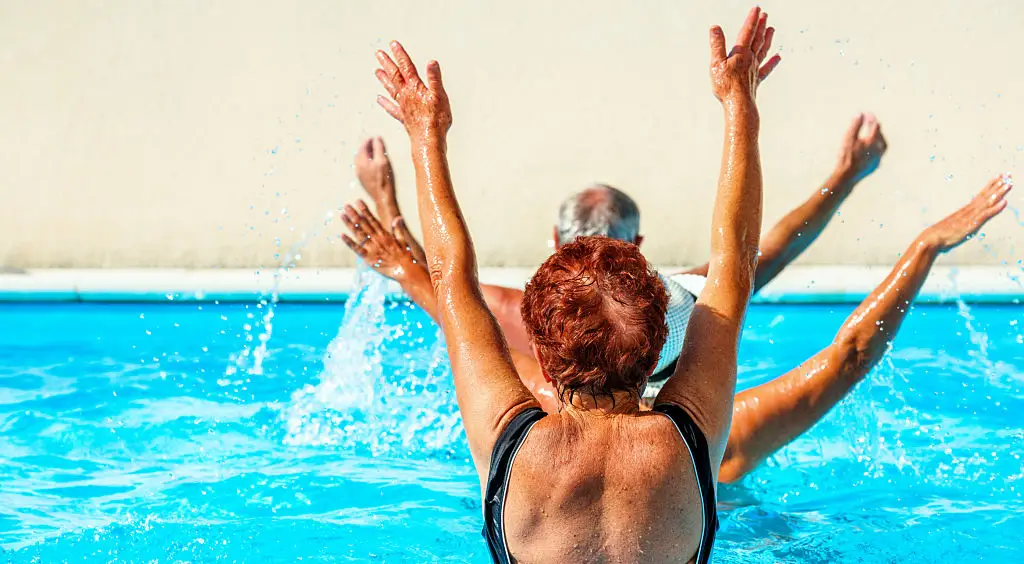
Joints are meant to last a lifetime, but pounding routines can put them at risk. Low-impact workouts are designed with your body’s longevity in mind. These activities keep at least one foot (or hand) grounded; think walking, swimming, or water aerobics. Unlike high-impact exercises—where force can reach three times your body weight at joint contact—low-impact lets the body move smoothly. Water-based workouts offer unique relief, supporting your weight and reducing pressure on hips and knees. According to Peak Performance Chiropractic, walking just 30 minutes daily can lower blood pressure, improve joint stiffness, and even lift your mood. If your knees or hips protest when you bounce, try aquatic fitness or gentle cycling. These options work with your body, not against it, encouraging strong, flexible joints that support you through winter and beyond.
3. Winter Mood-Boost: Movement as Medicine
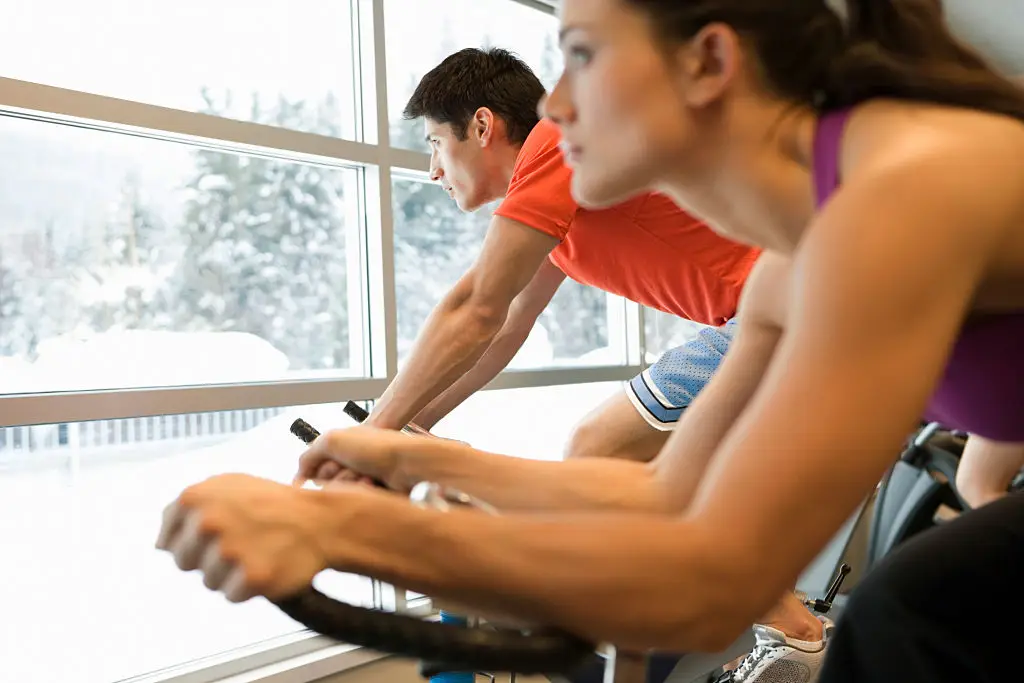
As daylight shrinks and winter moods darken, movement can be a gentle antidepressant. Low-impact exercise isn’t just about muscles and bones; it’s powerful medicine for your mind as well. Scientists know that physical activity encourages the release of endorphins—chemicals in your brain that naturally lift spirits. Indoor cycling, swimming, yoga, or even a light group class can recharge energy and help keep the winter blues at bay. Consistency matters more than intensity, especially when outdoor motivation is scarce. Allow yourself to experiment: maybe explore a virtual cycling class or join a community yoga group. Every time you move, you’re sending your body and mind a message of care. You deserve that sense of well-being—especially when the weather tells you to stay in bed.
4. Accessible for Every Age and Ability
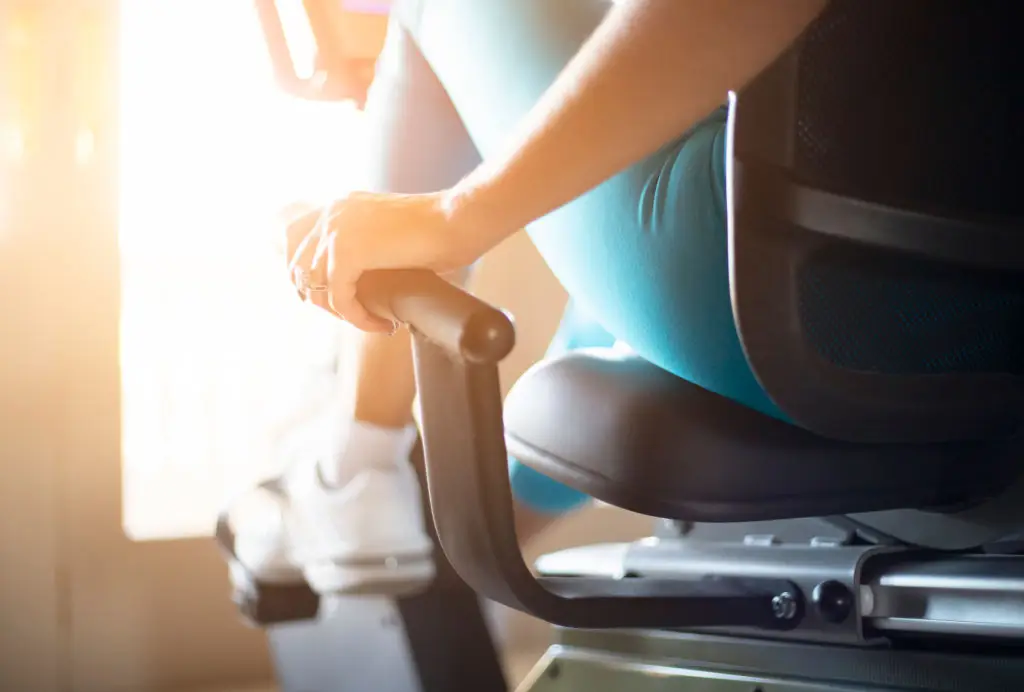
Everyone deserves a fitness routine that meets them where they are. That’s the heart of low-impact training: it’s inclusive, safe, and customizable for all ages and ability levels. If running isn’t an option or chronic pain has changed the way you move, there’s a wide world of low-impact options just waiting. Recumbent bikes and ellipticals provide supportive ways to get your heart pumping without aggravating knees or hips. Carolina Araujo, a certified personal trainer, loves recommending the elliptical to those with knee pain, as it “shouldn’t cause further discomfort.” Chair yoga or gentle Tai Chi offer balance, flexibility, and strength for those who need extra support. Progress is personal—there’s no finish line, just the next step forward. Whether you’re brand new or returning after a break, there’s a low-impact choice that fits you perfectly.
5. Cardio That’s Kind to Your Heart—And Joints
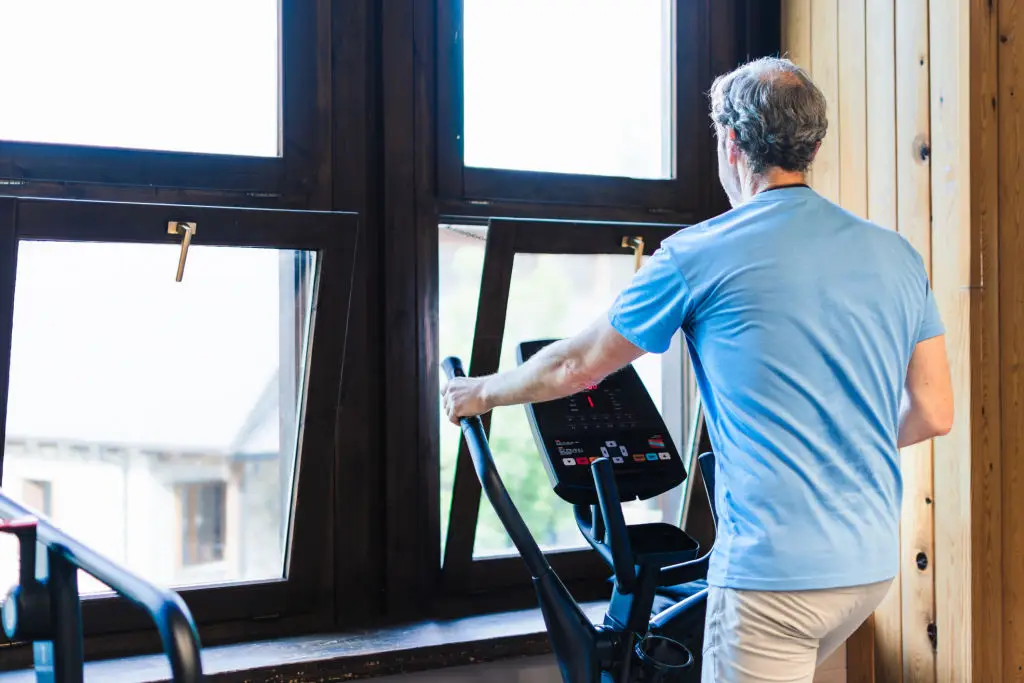
Your heart and your joints both deserve care, especially during chilly months. Low-impact cardio—like walking indoors, using a stationary bike, or rowing—offers all the aerobic benefits without harsh jolts or twists. Picture yourself on a stationary bike while snow falls outside, building endurance and keeping your heart healthy in complete comfort. Research shows even a 30-minute walk each day lowers blood pressure, lifts mood, and reduces cardiovascular risk. If you need a gentler pace or a bit of extra balance, try walking circuits indoors or using a treadmill with easy settings. Remember, it’s not about how fast you go but how often you show up. Modify as needed—listen to your body’s cues and focus on enjoying the movement.
6. Build Strength Safely All Winter Long

Winter doesn’t have to mean losing muscle or skipping strength building. Low-impact resistance options provide a sustainable way to stay strong. Simple moves like bodyweight squats, resistance bands, or leg curls can target key muscle groups that protect your knees, hips, and back. Jereme Schumacher, a physical therapist, highlights that leg curls can “help relieve knee pain by strengthening the hamstrings, which support these joints.” Don’t have fancy equipment? Light weights or water bottles do the trick. Focus on slow, controlled motions and high repetitions—your joints will thank you. Making strength part of your routine means more than looking toned; it’s about feeling resilient, steady, and prepared for anything winter throws your way.
7. Flexibility and Balance—No Ice Required
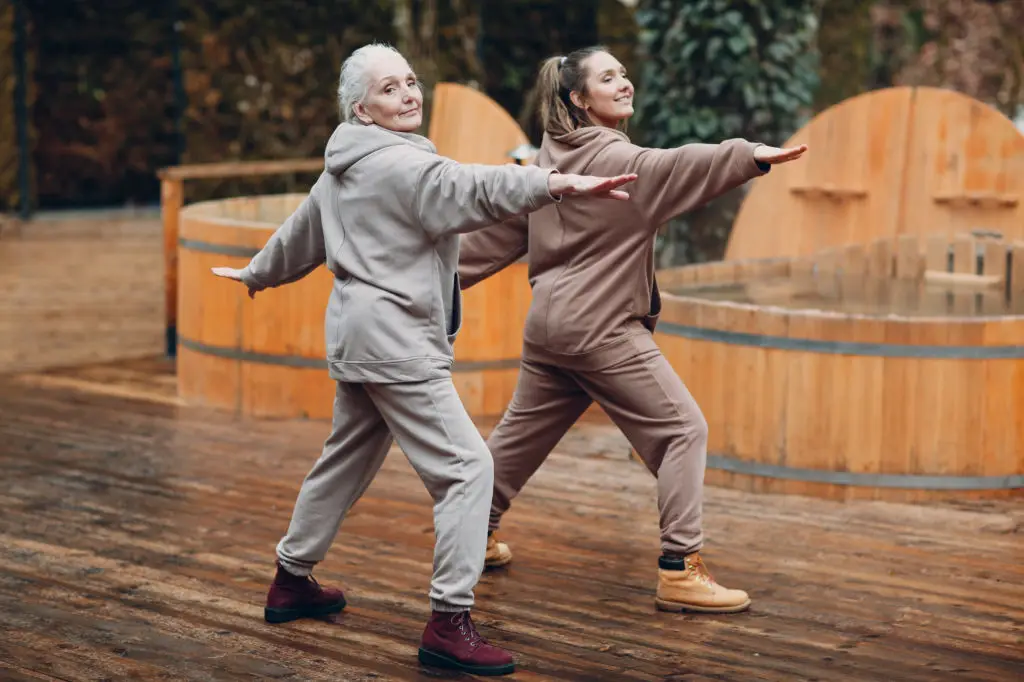
Slippery sidewalks are no friend to balance or flexibility, but low-impact routines can help you feel more stable—without icy hazards. Practices like yoga, Pilates, and Tai Chi are renowned for building gentle strength, improving range of motion, and sharpening your balance. Over time, these mindful exercises can even reduce fall risk and foster better posture. Classes abound for every skill level, and modifications (seated or supported) are available for anyone nervous about mobility. Remember, flexibility isn’t just about touching your toes—it’s about moving through winter feeling secure, graceful, and at ease.
8. Easy Adaptation: Start at Your Level, Progress Safely
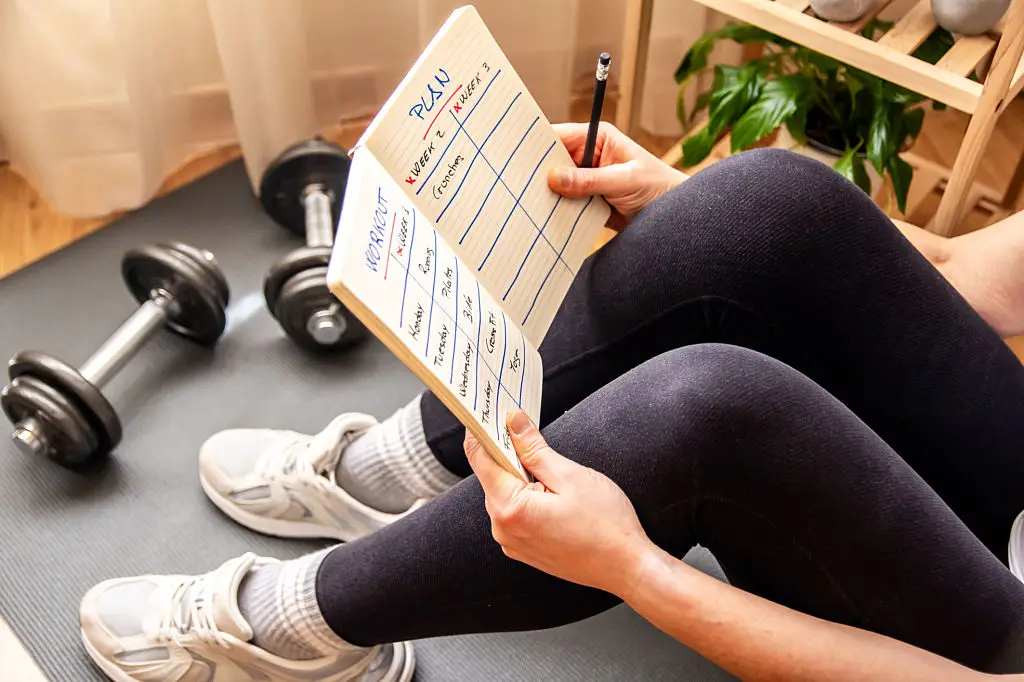
Progress in fitness isn’t measured in leaps but in gentle, steady steps. Low-impact routines welcome you to begin wherever you are—no pressure, no judgment. If a brisk walk is your threshold, start there and build gradually; add a few minutes each week or increase resistance when it feels right. Keeping a simple exercise log or journal can spotlight your improvements and motivate you to keep going. Celebrate each milestone—longer walks, new stretches, or extra reps. The aim isn’t perfection, it’s persistence. Your energy and mood will build in harmony with your strength.
9. Home-Friendly: Workouts When Leaving Isn’t an Option
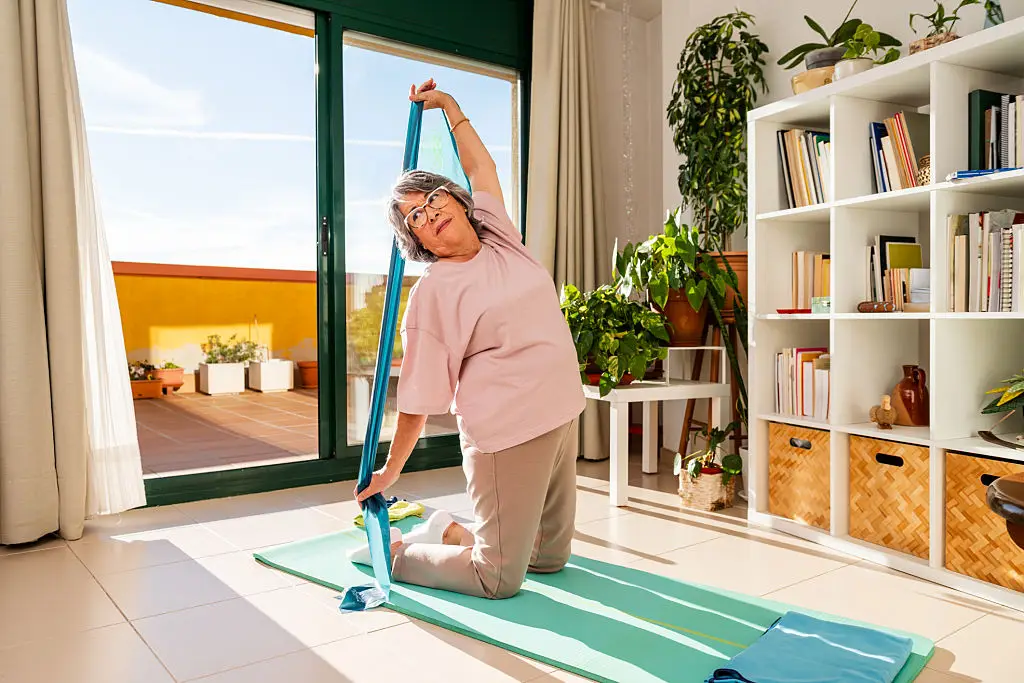
Sometimes the weather or a busy schedule keeps you indoors. The good news? Low-impact fitness fits into any home environment, large or small. Simple tools—resistance bands, hand weights, or a yoga mat—can turn your living room into a wellness haven. No gear? Try bodyweight exercises like wall sits, standing leg lifts, or seated stretches. Online classes bring expert guidance to your screen, and even short bursts of movement between daily tasks count toward your wellness goals. The key is creating an inviting, flexible space that honors your needs and routines, making activity something to look forward to, not a chore.
10. Integrate Wellness: Sleep, Nutrition, and Gentle Movement

Physical activity, restful sleep, and nutrition: they work best as a supportive team, especially when daylight is sparse. Low-impact movement can help you drift off more easily at night and stabilize energy, preventing the winter cravings that can throw routines off track. Consistent exercise supports not just strong muscles, but also a happier mind and balanced mood. Pay attention to how you feel after movement—energized, settled, or ready for a nourishing meal. Each gentle session is a step toward well-being that lasts well past winter’s end.
11. Sustainable Habits for Lifelong Vitality
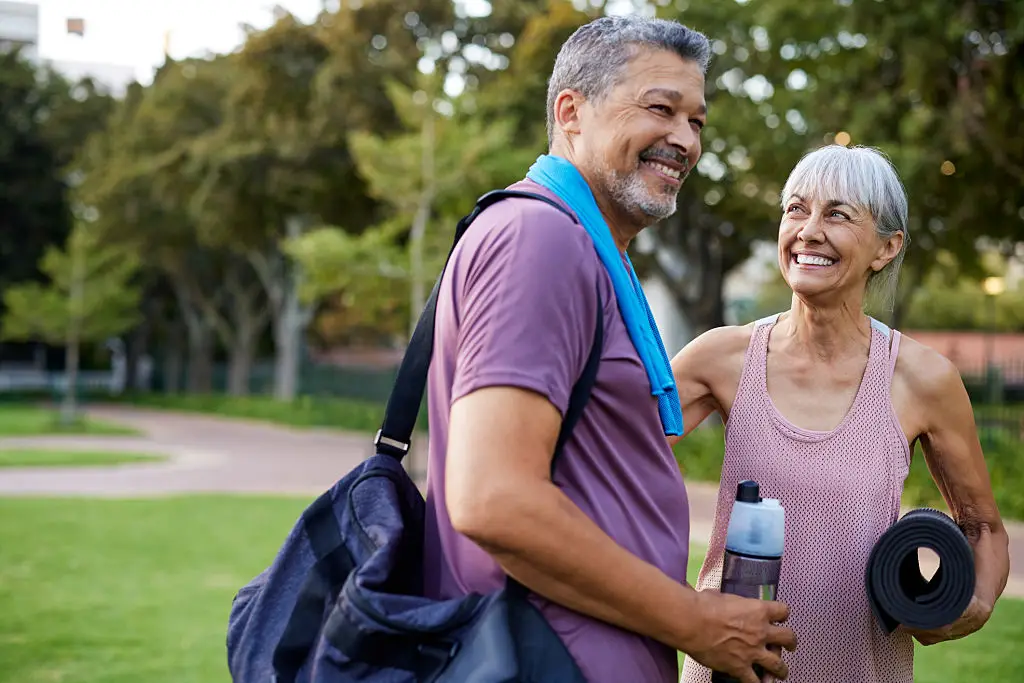
The beauty of low-impact routines is their staying power. Instead of chasing quick fixes or dramatic results, these workouts support gradual, lasting vitality. Consistency—building in a few sessions each week, staying active in ways you enjoy—brings rewards for joints, heart, and mind. Embrace the wisdom in progressing slowly, honoring your body’s cues, and celebrating what movement feels like rather than how it looks. Gentle activity today is an investment in tomorrow’s energy and confidence. Every age, every season, every step—it’s never the wrong time to move with kindness.
Gentle Movement, Bright Results: Your Winter Wellness Invitation

There’s comfort and courage in choosing exercise that honors your body’s needs—especially when winter makes the world feel a little less inviting. Low-impact workouts encourage a kinder, more sustainable path to health, allowing you to move with ease, joy, and safety through every frosty morning and snowy afternoon. You’re not chasing perfection; you’re nurturing energy and resilience that last well beyond these colder months. This season is the perfect opportunity to set aside old notions of “no pain, no gain” and instead celebrate every gentle step, stretch, or roll of the bike pedal as self-care. Whether you find solace in a quiet yoga class, build strength with resistance bands at home, or simply pause for mindful movement in the living room, you are embracing a wellness journey that belongs to you alone. Remember, the wisdom gained through years and the vibrancy waiting within are both worth celebrating every single day. This winter, let gentle movement be a source of hope, strength, and radiant well-being.
